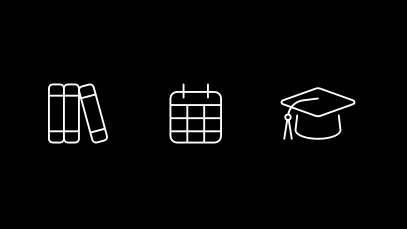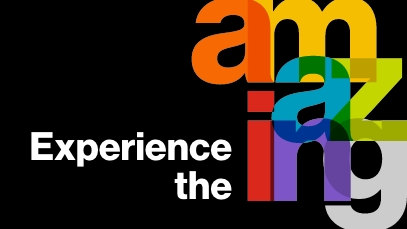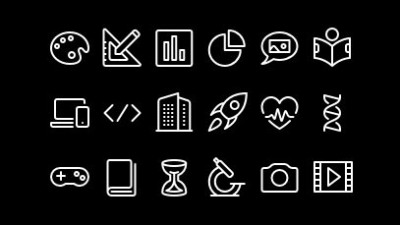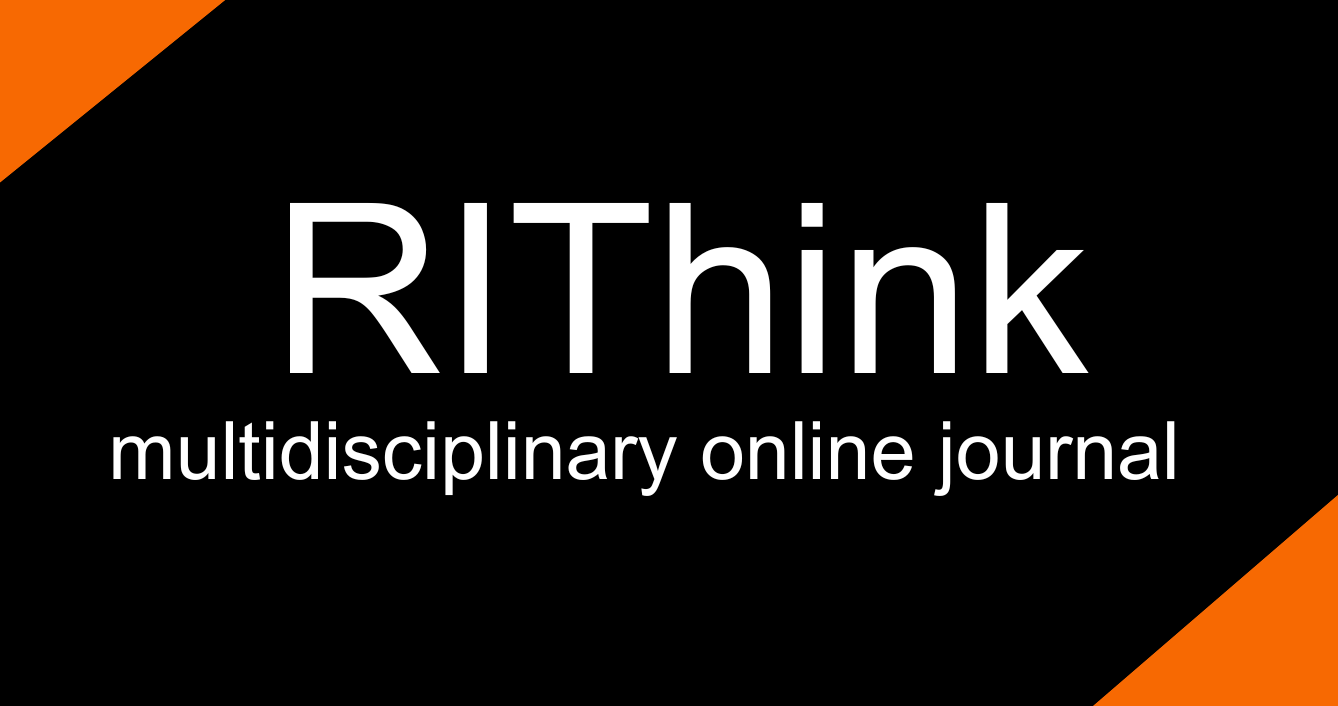Artificial Intelligence and the Future Education
Teaching and Learning with AI
Image by Freepik
In the last year, there has been no hotter, more controversial, or perhaps more important topic in education than the use of artificial intelligence (AI) and generative AI programs such as ChatGPT by students and instructors alike. This disruptive technology is changing education as we know it, and RIT Croatia is adapting to the opportunities and challenges it brings.
As most people are aware, AI technology, in which machines teach themselves to perform almost any mental task humans can do, is already at work around us every day, through familiar applications such as face and voice recognition, speech-to-text, and the algorithms that shape our news and social media feeds.
Since the launch of the groundbreaking ChatGPT generative AI interface in the fall of 2022 and the proliferation of similar software programs in the past year, faculty at RIT Croatia have been educating themselves about this new technology, putting it to use in their courses, and most importantly, teaching students how to use it carefully, wisely and ethically.
“I think the rise of AI is generally a good thing for education, especially as a disruptive factor, that will force teachers to change the things they have been doing for many years, like essay writing. This technology will force people to change how they teach and what they teach so that they are focusing on the things that cannot be replaced with AI,” said RIT Croatia Associate Dean Dr. Jakob Patekar.
AI can serve as a useful tool for students and instructors in many ways, such as generating ideas, editing, and proofreading texts, and explaining complex concepts. However, like every new technology, AI carries risks as well and can be misused.
While the potential benefits of generative AI are enormous, educators do not want students abusing this technology to avoid doing the critical thinking and intellectually honest thinking that their courses require.
To investigate RIT Croatia students’ use of and attitudes towards generative AI in academic contexts, Dr. Patekar mentored Honors Program student Nikola Črček in researching how students use AI tools in their writing assignments as well as their attitudes towards this technology. They found that more than half of the participants in their survey use ChatGPT to generate ideas and many use it to summarize, paraphrase, proofread, and write paragraphs for their essays. While students are aware that it is unethical to have AI write their papers for them, many are still unclear about where to draw the line between AI “help” and cheating.
To address this issue, many instructors have created guidelines to help their students navigate this new technology ethically and significantly changed both the content and format of their courses.
“ChatGPT and other tools can be a great way to brainstorm and get ideas, as well as help improve a text that a student has already written,” said English language and literature instructor Rebecca Charry Roje. “But students in my courses understand that copy-pasting passages that have been written by AI is a form of academic dishonesty. In addition, they are required to acknowledge in writing any help that they get with their assignments, whether from Grammarly, a tutor, our Writing Lab, a friend, or ChatGPT.”
Instructors are changing the format for exams and evaluations to make sure that students are doing their work. For example, many professors are increasing the amount of writing done in person during class time, sometimes with old-fashioned paper and pen, rather than having students write assignments at home. In Dr.Patekar’s courses, about 70 percent of assignments are written during class time. Because he is familiar with each student’s writing style, he can analyze the work they do at home for integrity.
Student Josef Bontempi says ChatGPT helps him with studying by giving him a second opinion. But he does not consider it superior to human intelligence and has even had ‘arguments’ with ChatGPT.
“When you have an idea or a question, and you ask ChatGPT for an answer, it’s no different than from looking it up on Google,” he said. “But with ChatGPT, you can make an argument and then ask it where the argument is weak or what an opposing argument might be. It can be very interesting and very fun.”
Bontempi sees the way that the professors are changing their classes as completely fair and encourages them to set guidelines and boundaries for the use of AI in their courses. If a class completely prohibits the use of ChatGPT, he will not use it, he said. “A teacher sets boundaries. If you cross those boundaries, you cheated.”
Eventually, students who heavily rely on ChatGPT to do their assignments and essays are going to realize the consequences of not doing their work, one anonymous student commented. “We need to use our brains, and we need to think. We’re in college and we’re going to need all of this knowledge one day.”
Student Nina Škifić contributed to this article.
Learn about Artificial Intelligence initiatives at RIT >










